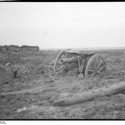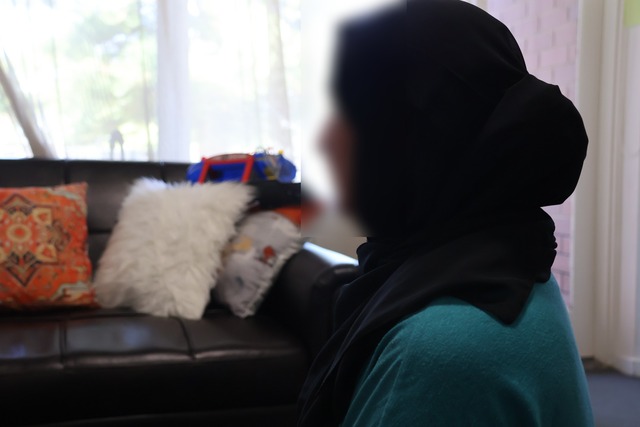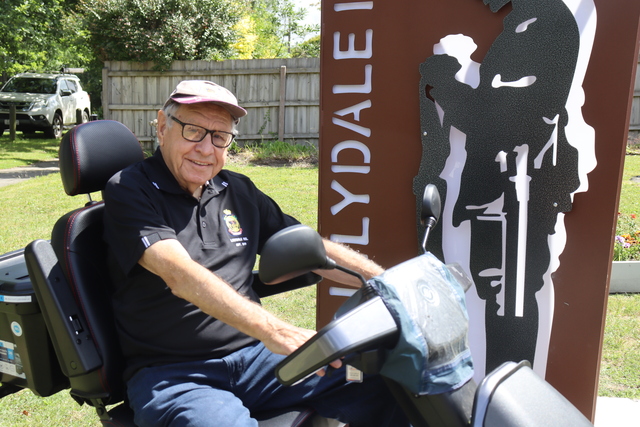
By KEITH NOYAHR
SERGEANT Edward Barker literally lived to fight another day.
Wounded twice in World War I, and undeterred by the battle scars of the Great War he later enlisted in World War II.
A farmer in Springvale, Edward John Harold Barker was the eldest of six children. He was born in Carlton on 17 July 1889 to parents Richard and Edith.
He learnt to his trade at the elbow of his father on a property in Wellington Road, Springvale.
Edward first enlisted in the Victorian Scottish Regiment.
On 4 August 1914 Britain declared war on Germany and within two weeks many of the regiment volunteered for active service and formed the 5th Battalion, one of the first infantry units raised for the Australian Imperial Force (AIF). His service number was 966.
As part of the second wave to land at Gallipoli 25 April 1915, Edward was shot in the leg and was evacuated to hospital at Heliopolis, Cairo.
As the number of casualties rapidly rose, many were transferred to hospitals in England.
On 27 August, Edward was sent to the King George Hospital in London and remained there until discharged in January 1916.
Rehabilitation and further training kept him in England until 3 February 1917.
It was during this period that he was severely reprimanded for allowing a prisoner, who he was escorting, to be seen in public.
On 7 February, a battle-hardened Edward re-joined his battalion, this time in France where they followed up the German forces as they retreated to the Hindenburg Line.
The battalion then moved to Belgium and took part in the Battle of Passchendaele.
While advancing on Menin Road on 20 September, the 5th Battalion incurred 285 casualties.
Edward received a shrapnel wound to his left shoulder and was evacuated to England.
On recovery, he was granted two weeks’ leave, but was fined two days’ pay on returning one and a half hours late.
Returning to France, Edward re-joined his battalion on 4 December 1917 and was later promoted to Company Sergeant Major.
After the war, he arrived in Melbourne on 23 December 1918.
He was discharged from the AIF on 13 March 1918, and later married Margaret Grace Spalding. He farmed on a property close to the Victorian border at Walbundrie, NSW.
However, a quarter century later, Edward again put his hand up, and answered the call to enlist in the 17th Battalion Volunteer Defence Corp during World War II.
He served until October 1945 and returned to his first love of farming
After fighting the good fight, a man of the soil, Edward returned to the dust after his death on 8 January 1973 at Corowa. He was 83.
– With Geoffrey Dare Waverley RSL.







